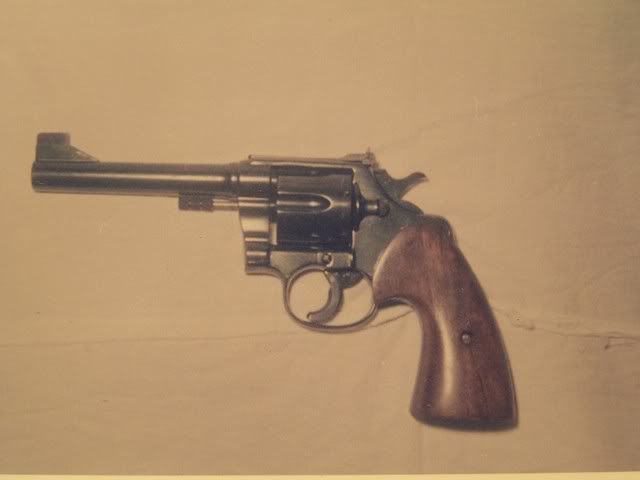The Original Post on 18 Sept. resulted in my increasing the bullet velocity to approximately 860 fps, which has put me almost exactly on target at 7 yards.
Several of the replies to the original post suggested that you guys thought that it should be expected that my Revolver/Load combination WOULD shoot high at such short range.
The question that comes to my mind now is:
At what range would you expect the revolver to be "On Target", if in fact the 7 Yards was not an appropriate distance ?
If in fact a greater distance is involved, will thoughts of Trajectory become a part of the reasoning?
Thanks to all for your earlier replies (Especially Bob Wright/44 AMP/Sevens, etc.) your thoughts are duly noted.
By the way, I posted a few photos at the end of my last reply that you might not have seen.
Several of the replies to the original post suggested that you guys thought that it should be expected that my Revolver/Load combination WOULD shoot high at such short range.
The question that comes to my mind now is:
At what range would you expect the revolver to be "On Target", if in fact the 7 Yards was not an appropriate distance ?
If in fact a greater distance is involved, will thoughts of Trajectory become a part of the reasoning?
Thanks to all for your earlier replies (Especially Bob Wright/44 AMP/Sevens, etc.) your thoughts are duly noted.
By the way, I posted a few photos at the end of my last reply that you might not have seen.

